Home>Garden Essentials>When To Plant Bermuda Grass Seed In Texas
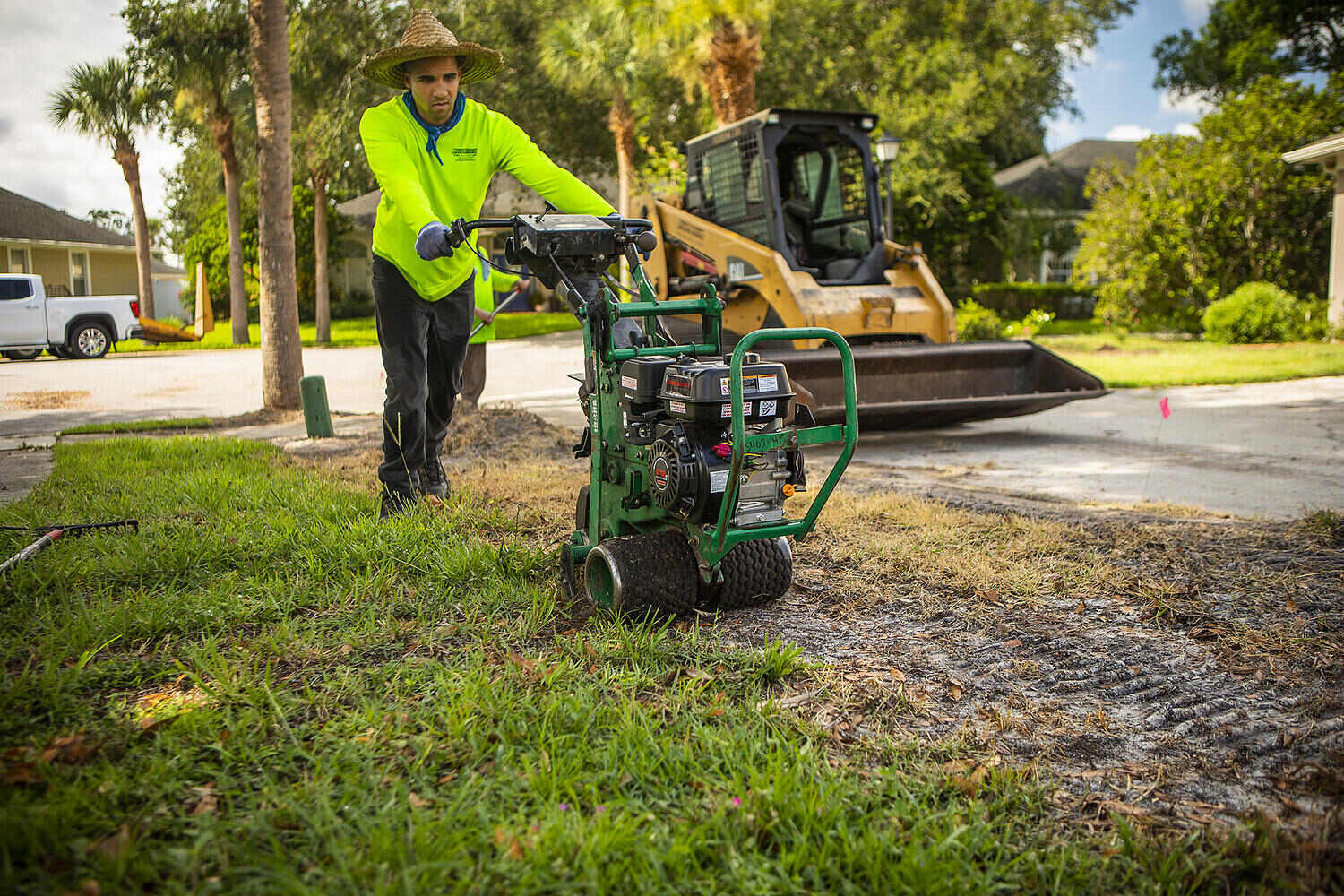

Garden Essentials
When To Plant Bermuda Grass Seed In Texas
Modified: May 6, 2024
Learn when is the best time to plant Bermuda grass seed in your Texas garden for a lush and thriving lawn. Expert tips and step-by-step guide included.
(Many of the links in this article redirect to a specific reviewed product. Your purchase of these products through affiliate links helps to generate commission for Storables.com, at no extra cost. Learn more)
Introduction
Welcome to the world of gardening! Whether you are an experienced green thumb or just starting out, growing a beautiful and lush garden is a rewarding experience. One essential element of any garden is a well-maintained and vibrant lawn. And when it comes to lawns, Bermuda grass is a popular choice in Texas.
Bermuda grass (Cynodon dactylon) is a warm-season grass that is known for its durability and ability to withstand the hot and dry Texas climate. It is commonly used for lawns, sports fields, parks, and golf courses. If you are considering planting Bermuda grass seed in Texas, it is important to understand the specific requirements and optimal timing for successful establishment.
In this article, we will delve into the details of Bermuda grass, including its characteristics and benefits. We will also explore the ideal climate and soil conditions necessary for its growth and discuss the best time to plant Bermuda grass seed in Texas. Additionally, we will provide you with essential tips on preparing the soil, proper planting techniques, and ongoing care to ensure the health and vitality of your Bermuda grass lawn.
So, if you are ready to create a stunning and resilient lawn, let’s dive into the world of Bermuda grass!
Key Takeaways:
- Plant Bermuda grass seed in Texas during late spring to early summer for optimal growth. Prepare the soil, water consistently, and maintain proper care to establish a lush and resilient lawn.
- Maintain established Bermuda grass by regular mowing, watering, fertilization, and pest control. Adjust care based on your lawn’s needs for a vibrant and healthy landscape.
Read more: When To Dethatch Bermuda Grass In Texas
Understanding Bermuda Grass
Before diving into the process of planting Bermuda grass seed, it’s important to have a good understanding of this popular grass variety. Bermuda grass, also known as Couch grass or Wiregrass, is a warm-season perennial grass that is native to Africa but has adapted well to various parts of the world, including Texas.
One of the key reasons for Bermuda grass’s popularity is its ability to withstand high temperatures and drought conditions. It has an excellent tolerance for heat and is known for its resilience even in areas with limited water availability. This makes it a suitable grass choice for the hot and dry climate in Texas.
Bermuda grass has a vibrant green color and a dense growth habit, which helps to create a beautiful and lush lawn. It has a fine texture and can tolerate heavy foot traffic, making it an ideal choice for high-activity areas such as sports fields and playgrounds. Additionally, Bermuda grass has a rapid growth rate, allowing it to quickly fill in bare spots in your lawn.
Another advantage of Bermuda grass is its ability to recover quickly from stress and damage. Whether it’s from drought, disease, or heavy use, Bermuda grass has the capacity to bounce back and maintain its vitality. However, keep in mind that this vigorous growth can also lead to its aggressive spread, so proper maintenance and containment are essential.
Overall, Bermuda grass is a versatile and resilient grass variety that can thrive in Texas’ challenging climate. Now that we have an understanding of Bermuda grass, let’s explore the specific climate and soil requirements necessary for its successful growth.
Climate and Soil Requirements for Bermuda Grass
Bermuda grass thrives in warm and sunny climates, which makes it an excellent choice for Texas. It is well-suited for the hot summers and mild winters that are characteristic of the state. However, there are a few factors to consider when it comes to the specific climate requirements for Bermuda grass.
First and foremost, Bermuda grass requires ample sunlight to grow and flourish. It needs at least 6 to 8 hours of direct sunlight each day. So, make sure your lawn has open areas without shading from trees or buildings to provide the necessary light for optimal growth.
In terms of temperature, Bermuda grass is highly tolerant of heat and can withstand high temperatures above 90°F (32°C). It goes dormant during the winter months, turning brown, but quickly regains its lush green color once the temperatures rise again in the spring. This dormancy feature allows Bermuda grass to survive mild winters in Texas.
When it comes to soil, Bermuda grass is adaptable to various soil types, but it thrives best in well-draining soils with a pH range between 6 and 7. It doesn’t do well in heavy clay soils that retain water, as this can lead to root rot and other issues. Ensure that the soil has good drainage by amending it with organic matter or sand if necessary.
In addition to drainage, Bermuda grass prefers soil that is moderately fertile. It can tolerate low fertility to some extent, but it will perform best if the soil is enriched with organic matter and essential nutrients. Conduct a soil test before planting Bermuda grass seed to determine the specific needs of your soil and make necessary amendments accordingly.
By meeting these climate and soil requirements, you are setting the foundation for a successful Bermuda grass lawn. Now, let’s move on to the next important aspect: determining the best time to plant Bermuda grass seed in Texas.
Best Time to Plant Bermuda Grass Seed in Texas
Timing is crucial when it comes to planting Bermuda grass seed in Texas. Bermuda grass is a warm-season grass, which means it thrives in warm temperatures and experiences dormancy during the cooler months. To ensure optimal establishment and growth, it’s important to plant Bermuda grass seed at the right time.
In Texas, the best time to plant Bermuda grass seed is during late spring through early summer. This typically falls between April and June when the soil temperature reaches around 65°F (18°C) or higher. The warm soil temperatures during this period provide the ideal conditions for Bermuda grass seed germination and rapid establishment.
It’s important to note that Bermuda grass seed requires consistent warmth and sunlight to germinate successfully. Therefore, it’s advisable to wait until the soil has warmed up and there is no risk of frost or cool temperatures before planting the seed.
If you miss the window in spring, another suitable time to plant Bermuda grass seed is during late summer or early fall. This period, typically between August and September, allows the seed to establish before the onset of cooler temperatures. However, planting Bermuda grass seed in the fall may take longer for germination and establishment as soil temperatures begin to cool, so keep that in mind when planning your lawn installation.
Overall, the warmer months of late spring through early summer provide the best conditions for successful Bermuda grass seed planting in Texas. By carefully timing your planting, you can give your Bermuda grass the best chance to thrive and create a beautiful, dense, and resilient lawn.
Now that you understand the ideal time to plant Bermuda grass seed in Texas, let’s move on to preparing the soil for planting.
Preparing the Soil for Planting Bermuda Grass Seed
Proper soil preparation is crucial for the successful establishment of Bermuda grass seed in Texas. By creating a favorable environment for the seeds to germinate and the roots to develop, you can ensure the health and durability of your Bermuda grass lawn. Here are the steps to prepare the soil:
- Clear the area: Start by removing any existing vegetation, including weeds, grass, or debris, from the area where you plan to plant Bermuda grass seed. This can be done by manually pulling out the weeds or by using a glyphosate-based herbicide, following the manufacturer’s instructions.
- Loosen the soil: Use a garden tiller or a rake to loosen the top few inches of the soil. This will help improve soil aeration and drainage, allowing the Bermuda grass roots to penetrate easily.
- Level the surface: Ensure the soil surface is level and even. Use a garden rake to remove any bumps or depressions in the soil. A smooth surface will result in an even distribution of the Bermuda grass seed and promote uniform growth.
- Fertilize: Conduct a soil test to determine the nutrient needs of your soil. Based on the test results, apply a balanced starter fertilizer that is high in phosphorus to the soil. This will provide essential nutrients to support the initial growth of the Bermuda grass seedlings.
- Amend the soil: If your soil is heavy clay or lacks organic matter, consider adding compost or topsoil to improve its texture and fertility. Work the amendments into the top few inches of the soil using a rake or tiller.
- Water the soil: Prior to planting Bermuda grass seed, thoroughly irrigate the prepared soil. Moisture will help settle the soil and provide a favorable environment for seed germination.
By following these steps, you are creating a well-prepared and nutrient-rich soil bed for your Bermuda grass seed. This will ensure favorable conditions for successful germination and establishment.
Next, let’s move on to the actual process of planting Bermuda grass seed.
Plant Bermuda grass seed in Texas during the late spring or early summer when the soil temperature is consistently above 65°F. This will give the seeds the best chance to germinate and establish a healthy lawn.
Read more: When To Plant Bermuda Seeds
Planting Bermuda Grass Seed
Now that you have prepared the soil, it’s time to move on to the exciting part – planting Bermuda grass seed! Here’s a step-by-step guide to help you achieve successful seed germination and establishment:
- Choose the right seed: Select high-quality Bermuda grass seed that is suitable for your specific geographical location in Texas. Consider factors such as sun/shade tolerance, drought resistance, and disease resistance when making your seed selection.
- Determine the seeding rate: Follow the manufacturer’s instructions to determine the appropriate seeding rate for your Bermuda grass seed. This will depend on factors such as the variety of Bermuda grass seed and the condition of your soil.
- Divide the seed into sections: Divide the total amount of Bermuda grass seed into two equal portions. This will help ensure a more even distribution of the seed across the entire lawn.
- Broadcast the seed: Use a seed spreader or your hand to evenly distribute the first half of the Bermuda grass seed over the prepared soil. Then spread the second half of the seed perpendicular to the first application.
- Rake the seed: Gently rake the soil surface with a garden rake to lightly cover the Bermuda grass seed with a thin layer of soil. This will protect the seed from being blown away by wind and help maintain consistent moisture levels.
- Water the seed: Immediately after planting the Bermuda grass seed, thoroughly water the area with a light and even spray. This will help settle the seed into the soil and initiate the germination process.
- Keep the soil moist: After the initial watering, it’s essential to keep the soil consistently moist until the Bermuda grass seed germinates. Water the area lightly multiple times a day to prevent the soil from drying out.
- Reduce watering frequency: As the Bermuda grass seed begins to germinate and the seedlings emerge, gradually reduce the frequency of watering. Transition to deep and infrequent watering to encourage deep root growth.
Remember to follow any specific instructions provided by the seed manufacturer for optimal results. Proper seed placement, moisture management, and care during the germination phase are critical to ensure successful establishment of your Bermuda grass lawn.
Now that you have taken the necessary steps to plant Bermuda grass seed, let’s move on to the next phase: watering and care for the newly planted seed.
Watering and Care for Newly Planted Bermuda Grass Seed
Watering is a crucial aspect of caring for newly planted Bermuda grass seed. Proper irrigation and maintenance during the early stages of seed germination and establishment will promote healthy growth and help your Bermuda grass lawn thrive. Here are some important guidelines to follow:
- Watering frequency: After planting the Bermuda grass seed, it’s crucial to keep the soil consistently moist. Water the seeded area lightly multiple times a day to ensure the soil stays moist but not saturated. This will create the ideal conditions for seed germination.
- Watering depth: Aim to keep the soil moist to a depth of about 1 inch during the germination phase. This can be achieved by watering for short durations but more frequently, ensuring that the soil doesn’t become overly saturated.
- Be mindful of runoff: Pay attention to any signs of runoff during watering. If you notice water pooling or flowing away from the seeded area, reduce the watering frequency and adjust the techniques to avoid excessive runoff.
- Gradually reduce watering: As the Bermuda grass seed begins to germinate and the seedlings emerge, gradually reduce the frequency of watering. Transition to deep and infrequent watering to encourage deep root growth. Watering deeply will support root development while allowing the soil surface to dry out slightly between watering sessions.
- Observe for signs of stress: Monitor the newly planted Bermuda grass seed for any signs of stress, such as browning or wilting. If you notice these signs, it may indicate that the soil is either too dry or too wet. Adjust your watering schedule accordingly to ensure the optimal moisture balance.
- Continue regular watering: Once the Bermuda grass seed has germinated and the seedlings have established, continue to provide regular irrigation. Transition to a more typical watering schedule by providing about 1 inch of water per week, either through rainfall or supplemental irrigation.
- Avoid mowing too soon: Resist the temptation to mow the newly planted Bermuda grass seed until the seedlings have reached a height of about 2-3 inches. This will ensure that the roots are established and strong enough to withstand the mowing process.
- Maintain proper care: In addition to watering, it’s important to provide other essential care for the newly planted Bermuda grass seed. This includes keeping foot traffic to a minimum during the establishment phase, regularly removing any weeds that emerge, and following a proper fertilization schedule based on soil test recommendations.
By following these watering and care guidelines, you will provide the optimal conditions for your newly planted Bermuda grass seed to thrive. Remember that consistency is key, and paying close attention to the moisture levels and the needs of your Bermuda grass lawn will contribute to its long-term success.
Next, let’s move on to maintenance and care for established Bermuda grass.
Maintenance and Care for Established Bermuda Grass
Once your Bermuda grass has become established, it’s important to implement a regular maintenance and care routine to keep it healthy and looking its best. Here are some essential tips to consider:
- Mowing: Maintain an appropriate mowing height for your Bermuda grass, usually between 1.5 to 2.5 inches. Regular mowing encourages lateral growth and helps to maintain a dense and manicured appearance. However, avoid cutting more than one-third of the grass height in a single mowing session to avoid stressing the grass.
- Watering: Established Bermuda grass has good drought tolerance, but it still requires regular watering to remain healthy. Deeply water your lawn once a week, providing about 1 inch of water. Watering deeply encourages deep root growth and helps the grass withstand periods of hot and dry weather.
- Fertilization: Bermuda grass benefits from regular fertilization to maintain its health and vibrancy. Apply a balanced fertilizer specifically formulated for Bermuda grass according to the recommended schedule, typically every 6 to 8 weeks during the growing season. Make sure to follow the manufacturer’s instructions for proper application rates.
- Weed control: Keep an eye out for weeds that may invade your Bermuda grass lawn. Regularly inspect the lawn and promptly remove any weeds that appear. Apply pre-emergent herbicides in early spring to prevent weed seeds from germinating and competing with your grass.
- Aeration: Periodically aerate your Bermuda grass lawn to alleviate compaction and improve air circulation in the soil. This can be done using a core aerator, which removes small plugs of soil, allowing for better water and nutrient absorption.
- Overseeding: Over time, Bermuda grass may develop thin spots or bare areas. If needed, overseed these areas with Bermuda grass seed during the late spring or early summer when the soil temperatures are warm. Make sure to prepare the soil properly and provide adequate moisture for successful germination.
- Pest and disease management: Regularly monitor your Bermuda grass for signs of pests or diseases, such as grubs, armyworms, or fungal infections. Take necessary measures to control and manage these issues, whether it’s by using insecticides or seeking professional advice.
- Control thatch buildup: Thatch is a layer of dead grass and debris that accumulates between the grass blades and the soil surface. Excessive thatch can hinder water and nutrient absorption. To control thatch buildup, periodically rake or dethatch your Bermuda grass lawn.
- Proper winter care: In preparation for winter, gradually reduce the frequency of watering in the fall to allow your Bermuda grass to go dormant naturally. Additionally, avoid heavy foot traffic on the dormant grass and remove debris that can smother the grass during the winter months.
By following these maintenance and care practices, you can ensure that your established Bermuda grass lawn maintains its health, density, and lush green appearance year after year.
Now that we have covered the essential maintenance tips, let’s conclude and summarize our journey through the world of Bermuda grass in Texas.
Conclusion
Congratulations! You are now equipped with the knowledge and understanding of growing and maintaining Bermuda grass in the unique climate of Texas. By following the guidelines outlined in this article, you can create a beautiful, resilient, and vibrant Bermuda grass lawn that will be the envy of your neighborhood.
Remember, Bermuda grass is a warm-season grass that thrives in the hot and sunny conditions Texas has to offer. It is highly adaptable, durable, and capable of withstanding drought and high temperatures. Understanding its climate and soil requirements is crucial for successful establishment and long-term maintenance.
The best time to plant Bermuda grass seed in Texas is during late spring through early summer, when soil temperatures are warm and frost risk is minimal. Proper soil preparation, including clearing the area, loosening the soil, adding amendments, and leveling the surface, will set the stage for successful seed germination and growth.
Watering and care for the newly planted Bermuda grass seed are essential for ensuring healthy establishment. Consistent and adequate watering, gradually reducing frequency, and maintaining proper moisture levels will support the growth of strong roots and lush green grass.
Once your Bermuda grass is established, regular maintenance becomes key. This includes proper mowing, watering, fertilization, weed control, aeration, and addressing pests or diseases. Taking care of your Bermuda grass lawn throughout the year will help it flourish and maintain its resilience and beauty.
Remember to adjust your maintenance routine based on the specific needs of your Bermuda grass and your local climate conditions. Pay attention to the signals your lawn gives you and make necessary adjustments to keep it healthy and thriving.
By following these guidelines and dedicating time and effort to your Bermuda grass lawn, you will be rewarded with a stunning, vibrant, and resilient landscape that you can enjoy for years to come.
So, put on your gardening gloves and get ready to create the perfect Bermuda grass oasis in your Texas backyard!
Curious about Bermuda grass beyond just planting it? Dive into our detailed guide on what this popular turf truly is. From its unique characteristics to how it thrives in various environments, you'll discover all you need to know for perfecting your lawn care strategy.
Frequently Asked Questions about When To Plant Bermuda Grass Seed In Texas
Was this page helpful?
At Storables.com, we guarantee accurate and reliable information. Our content, validated by Expert Board Contributors, is crafted following stringent Editorial Policies. We're committed to providing you with well-researched, expert-backed insights for all your informational needs.
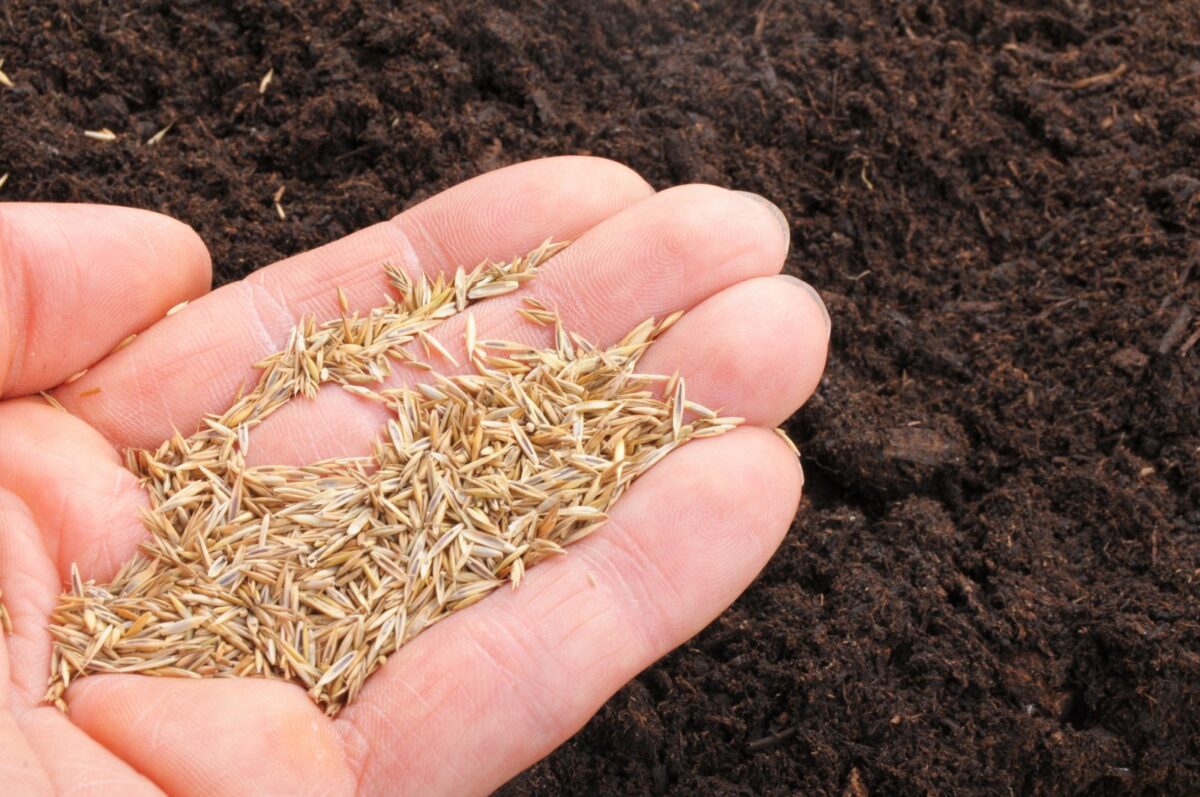
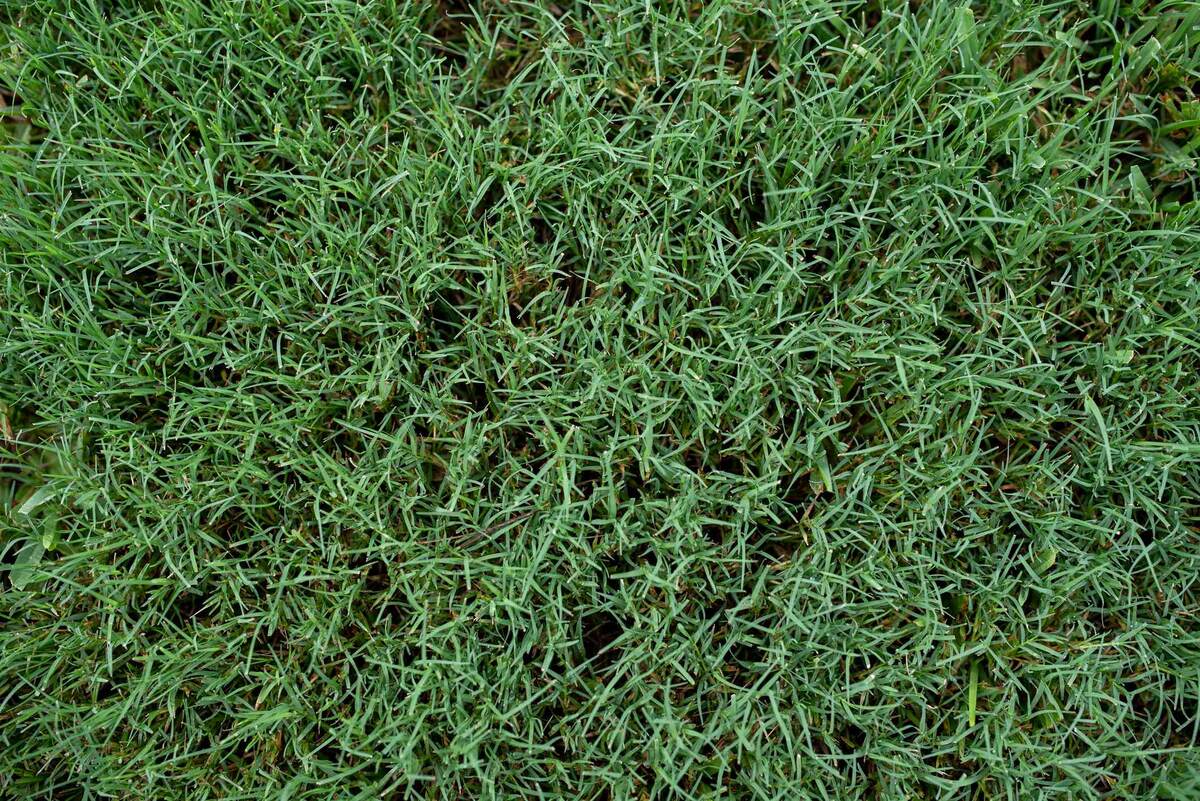
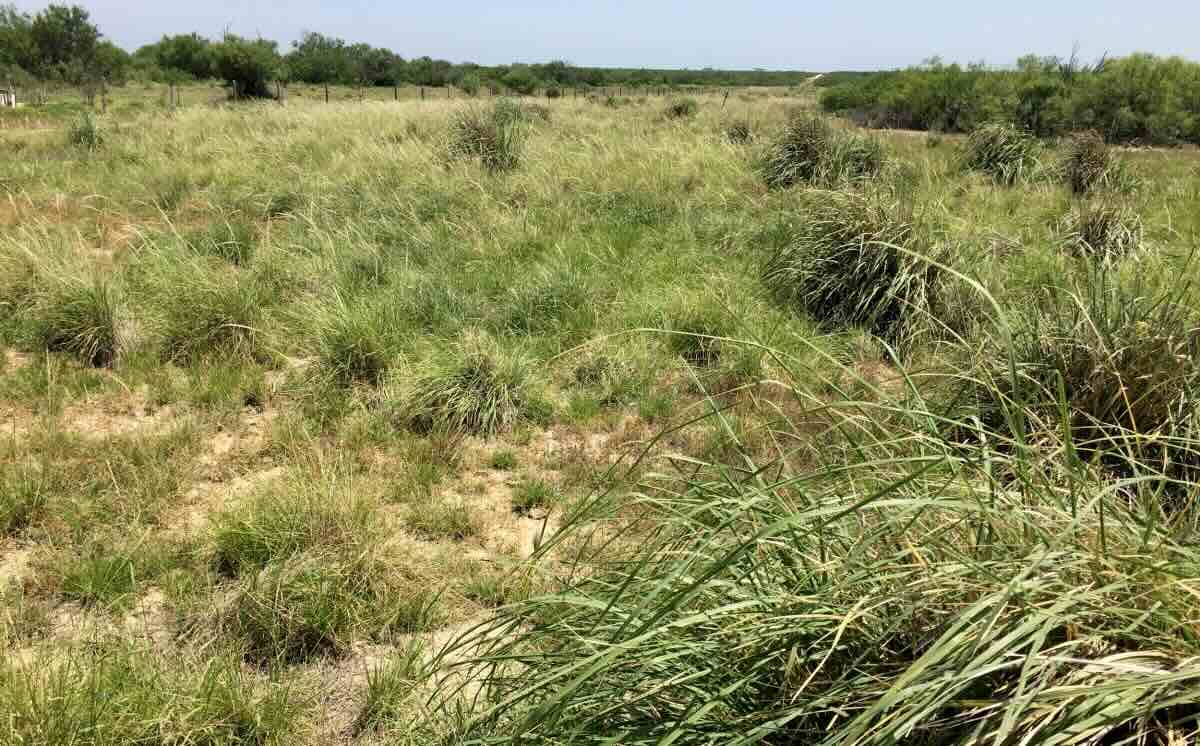

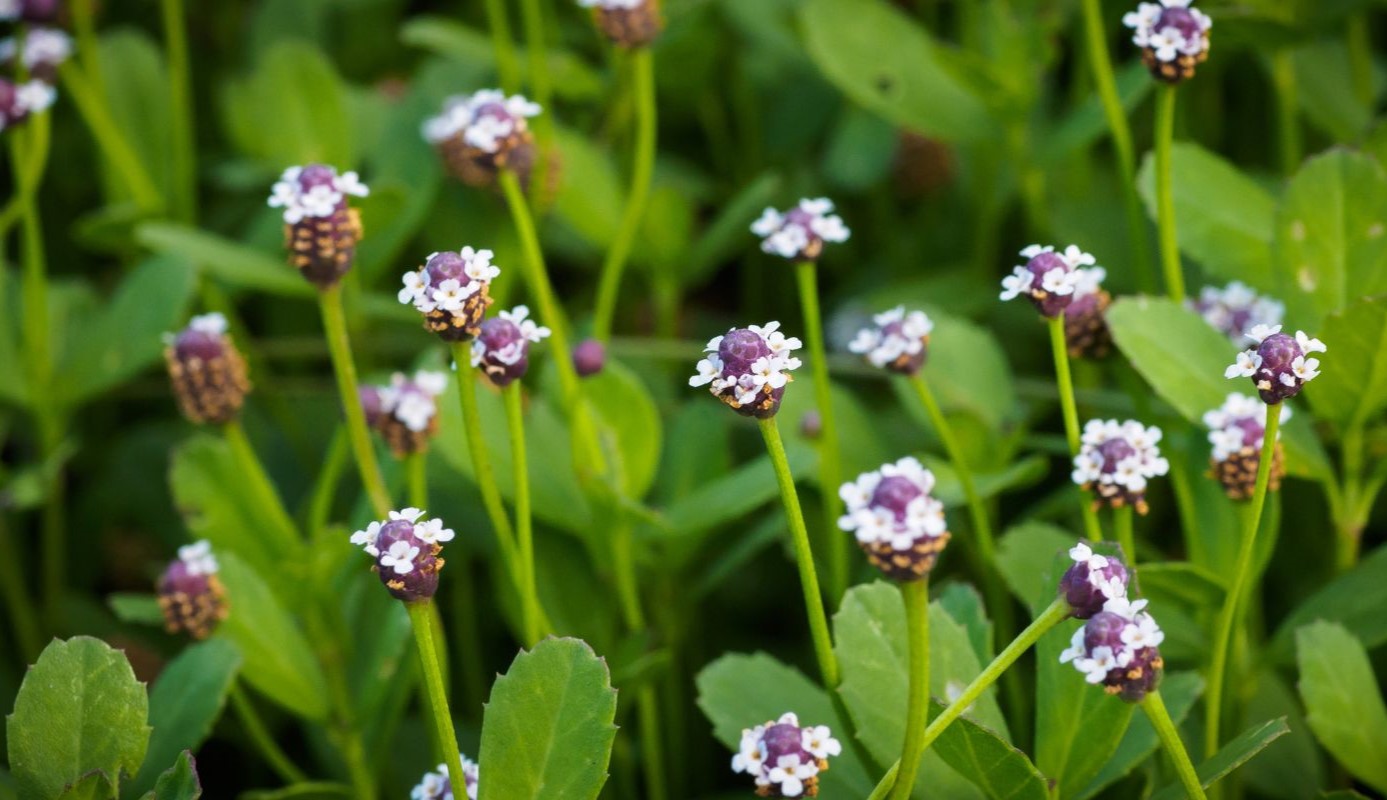
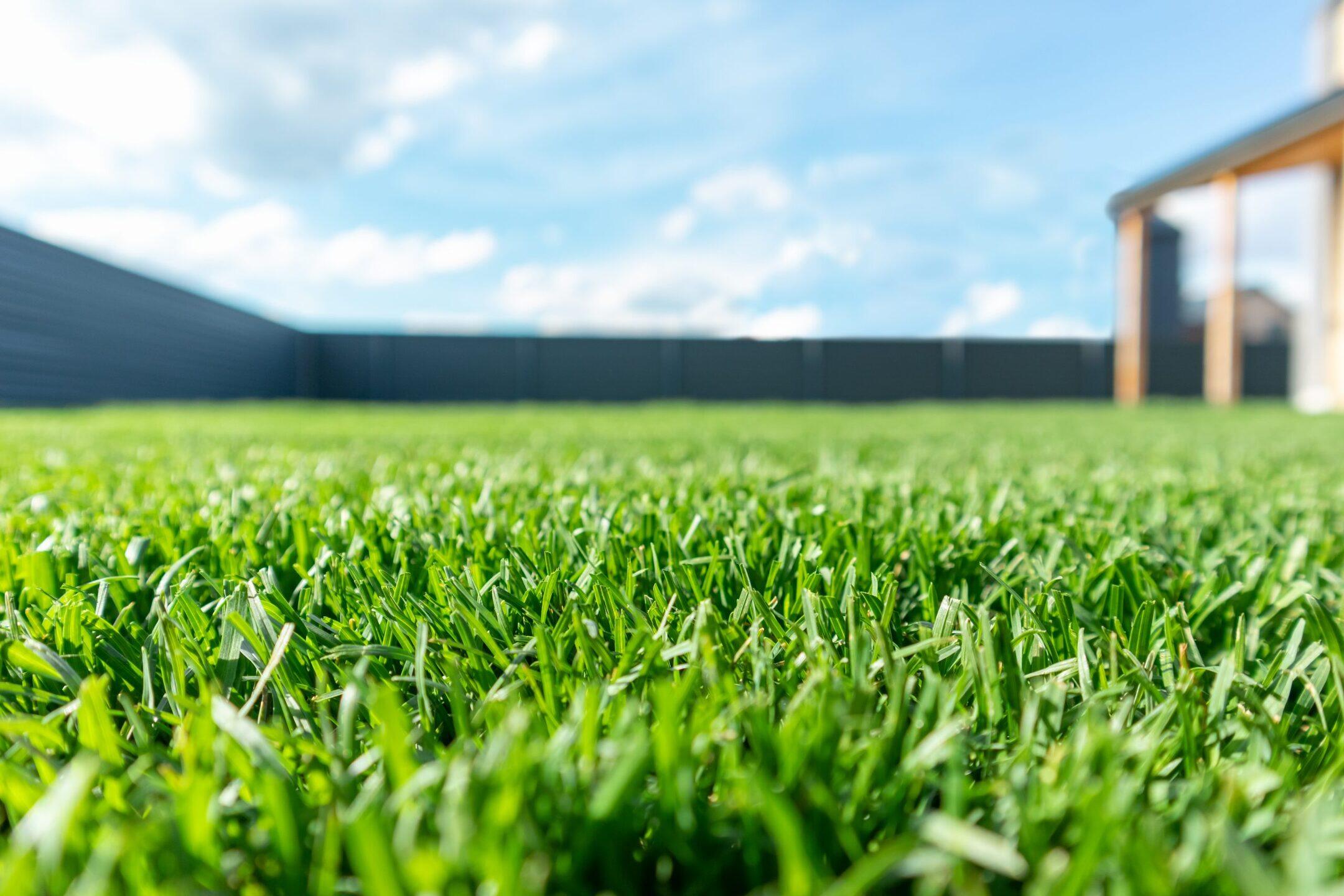
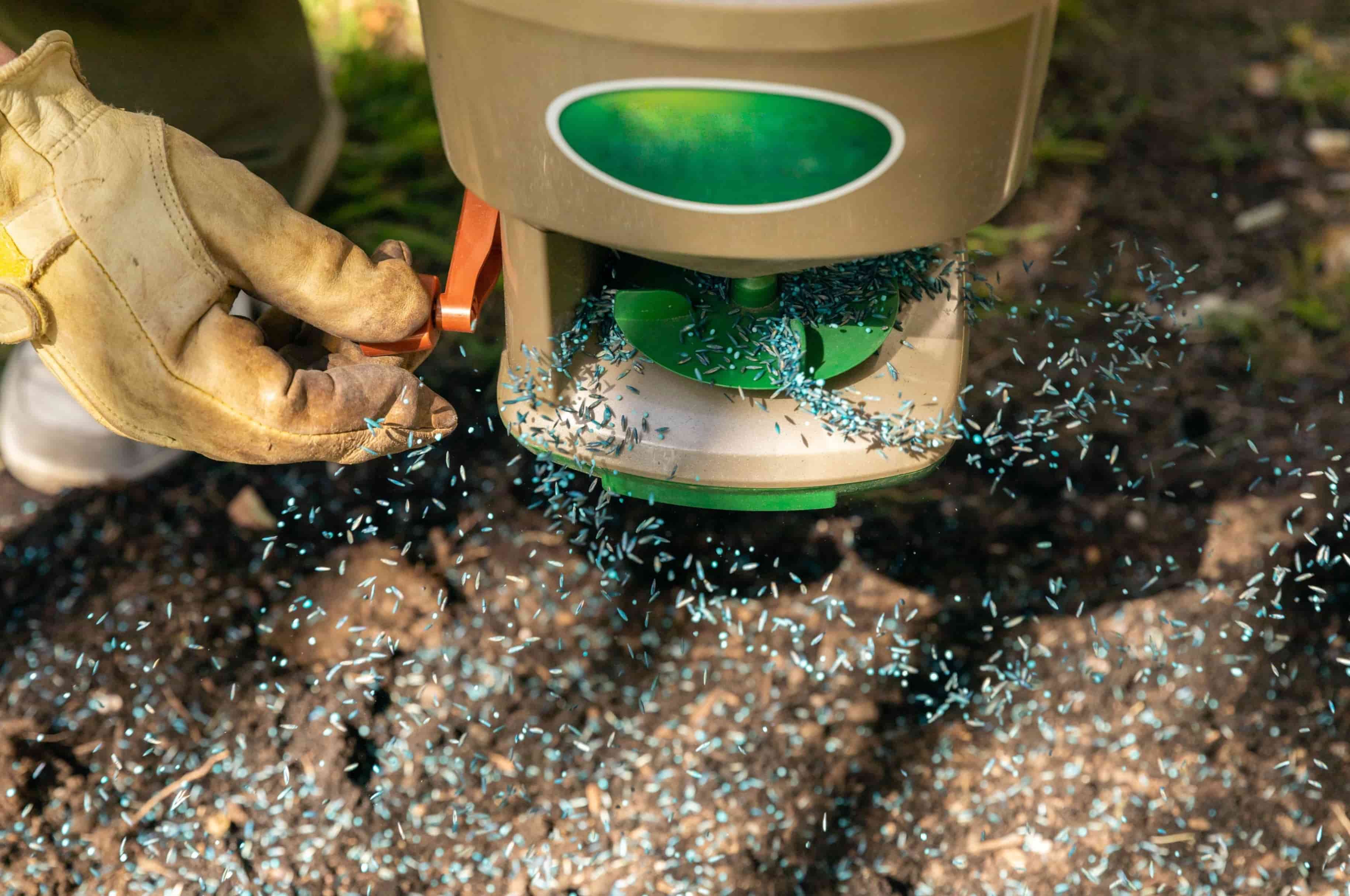
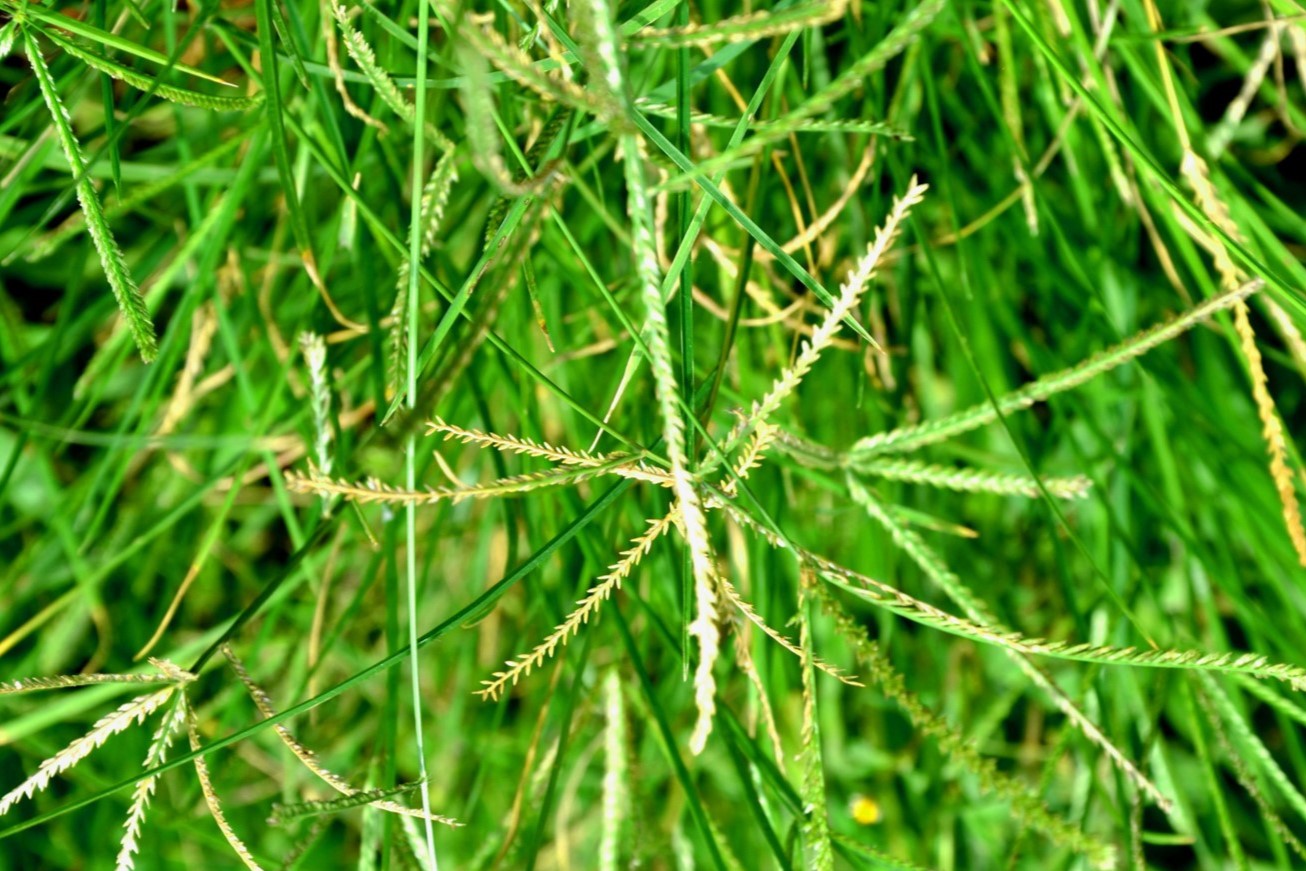
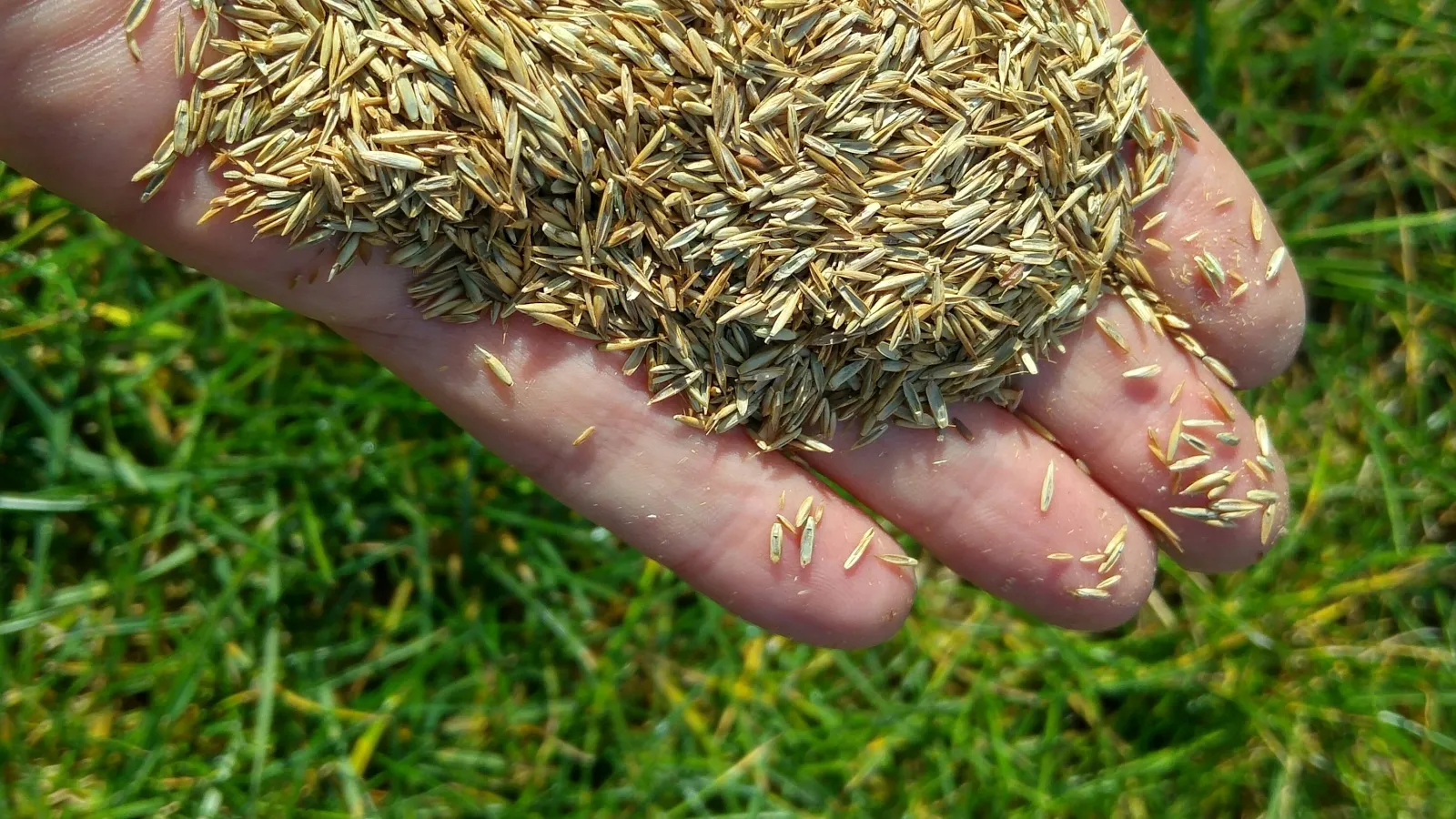
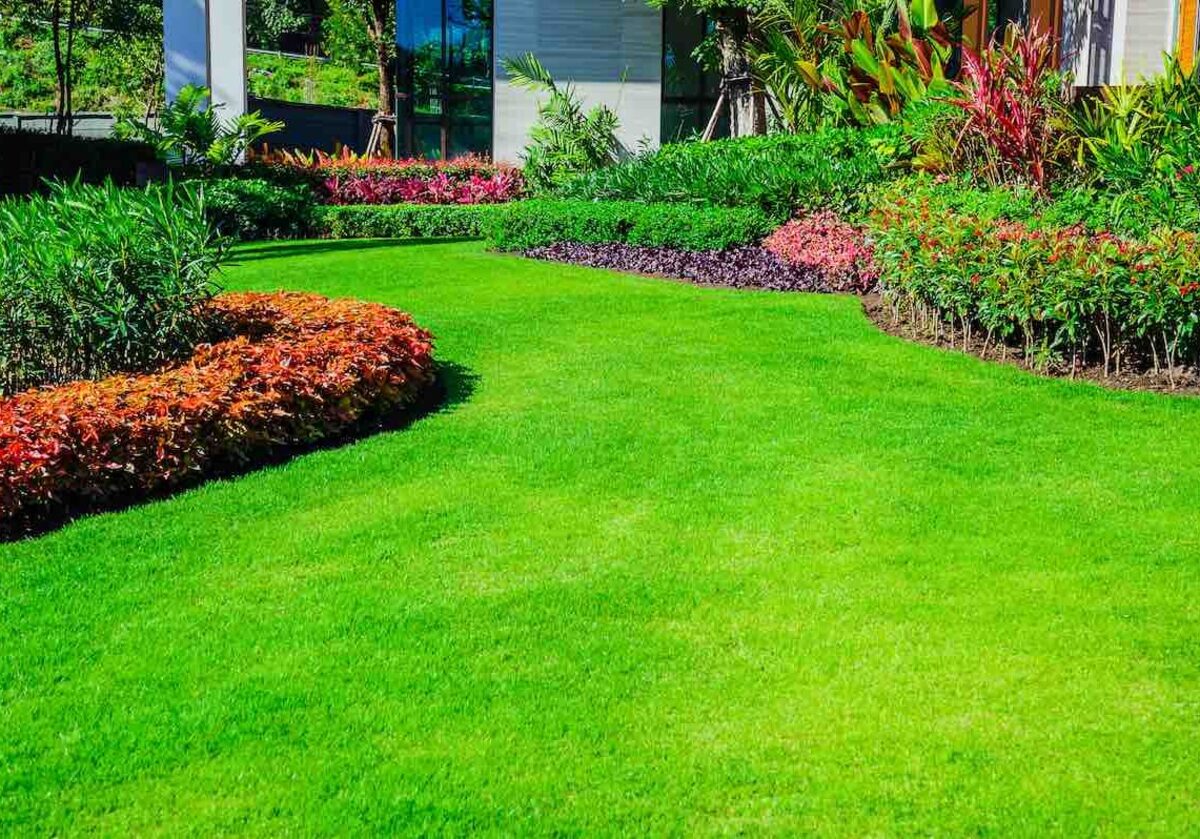
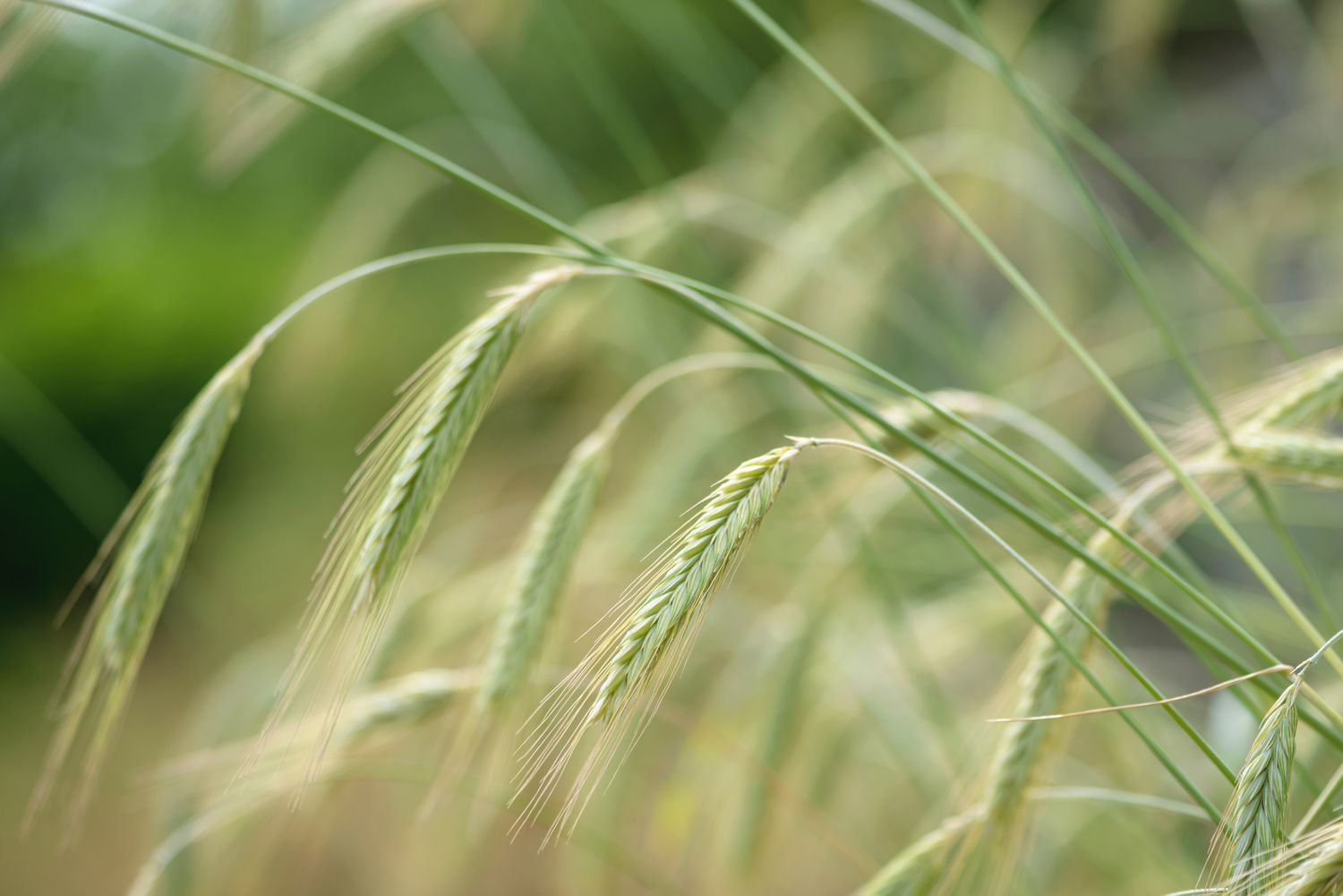
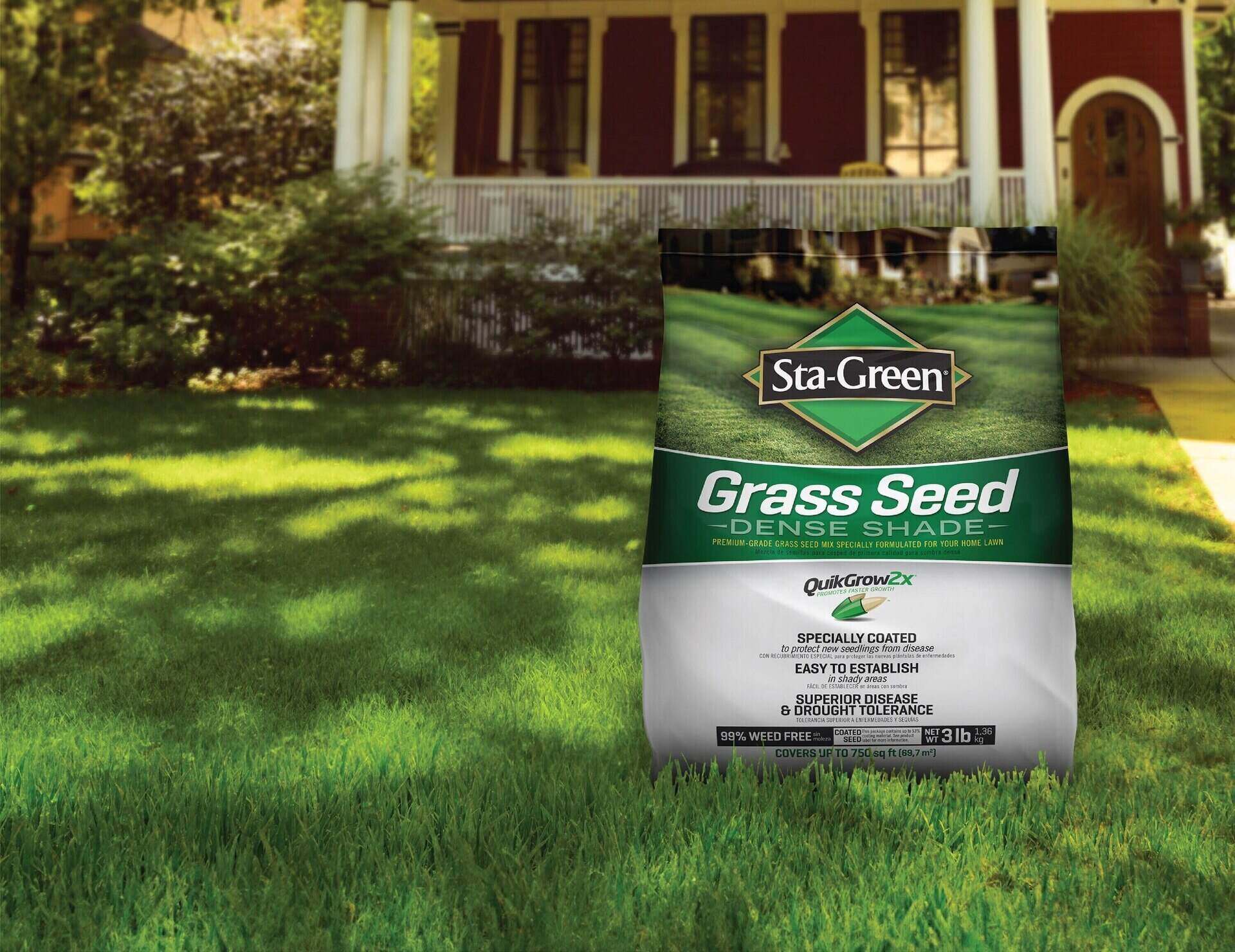
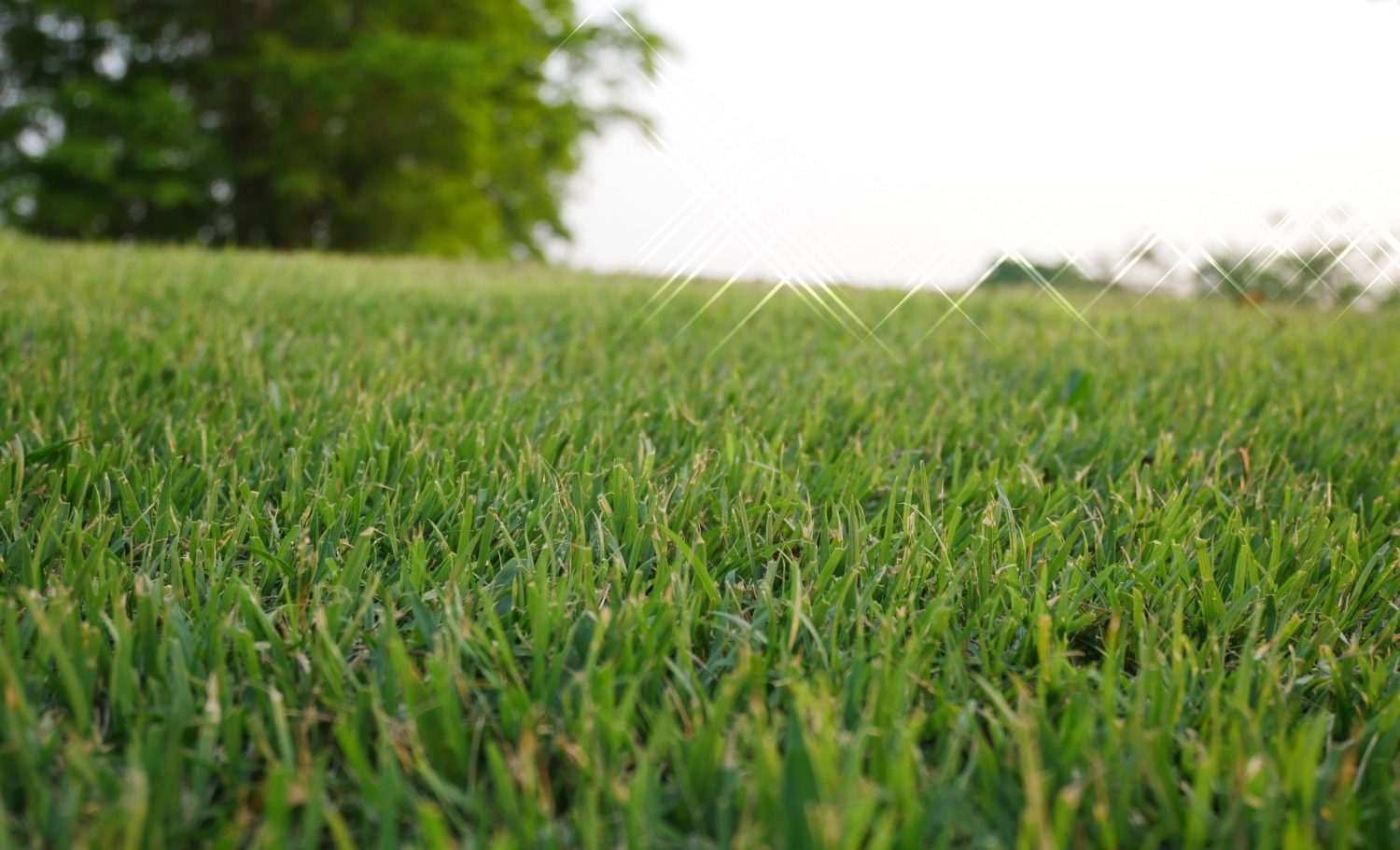
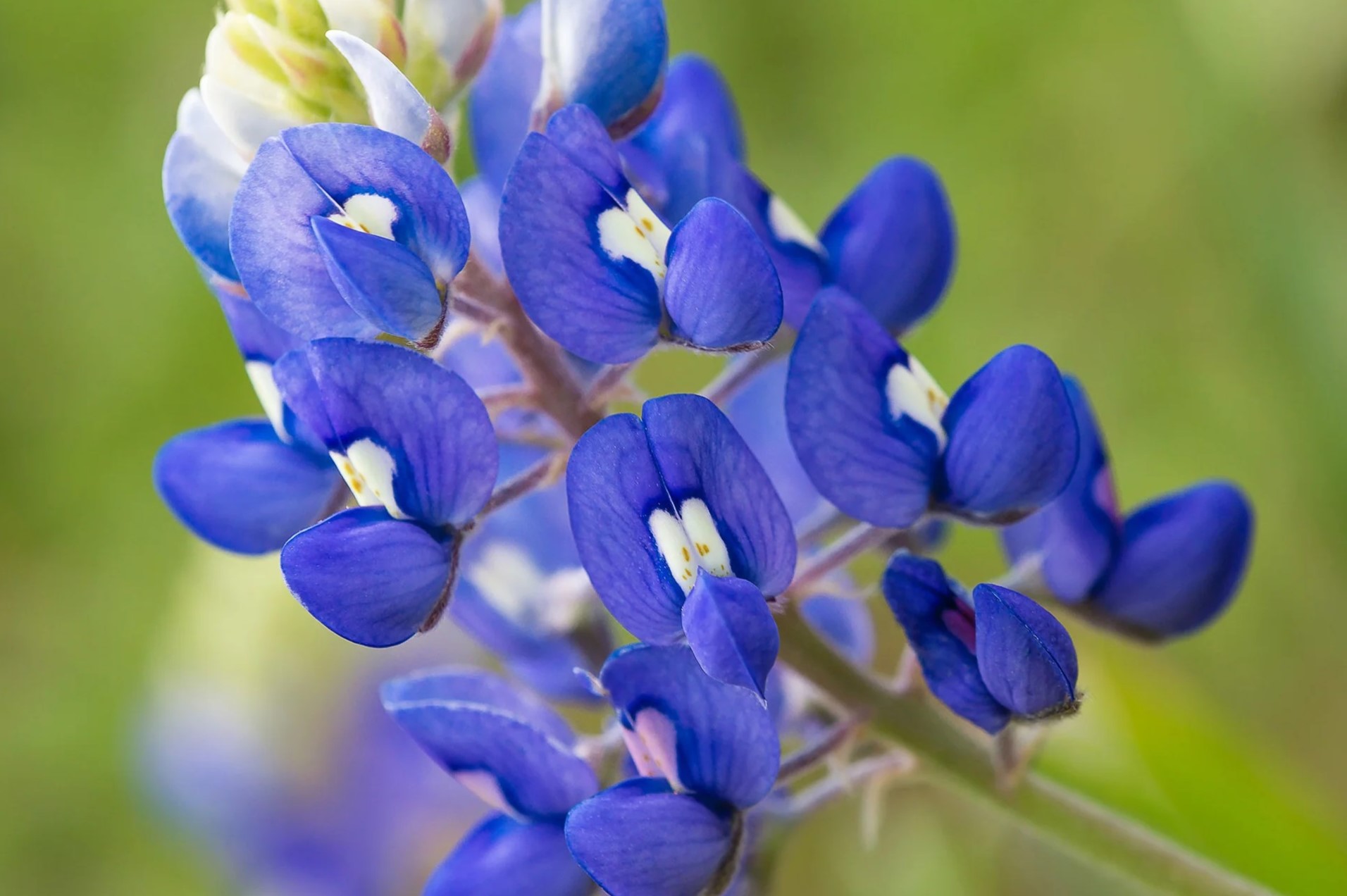

0 thoughts on “When To Plant Bermuda Grass Seed In Texas”